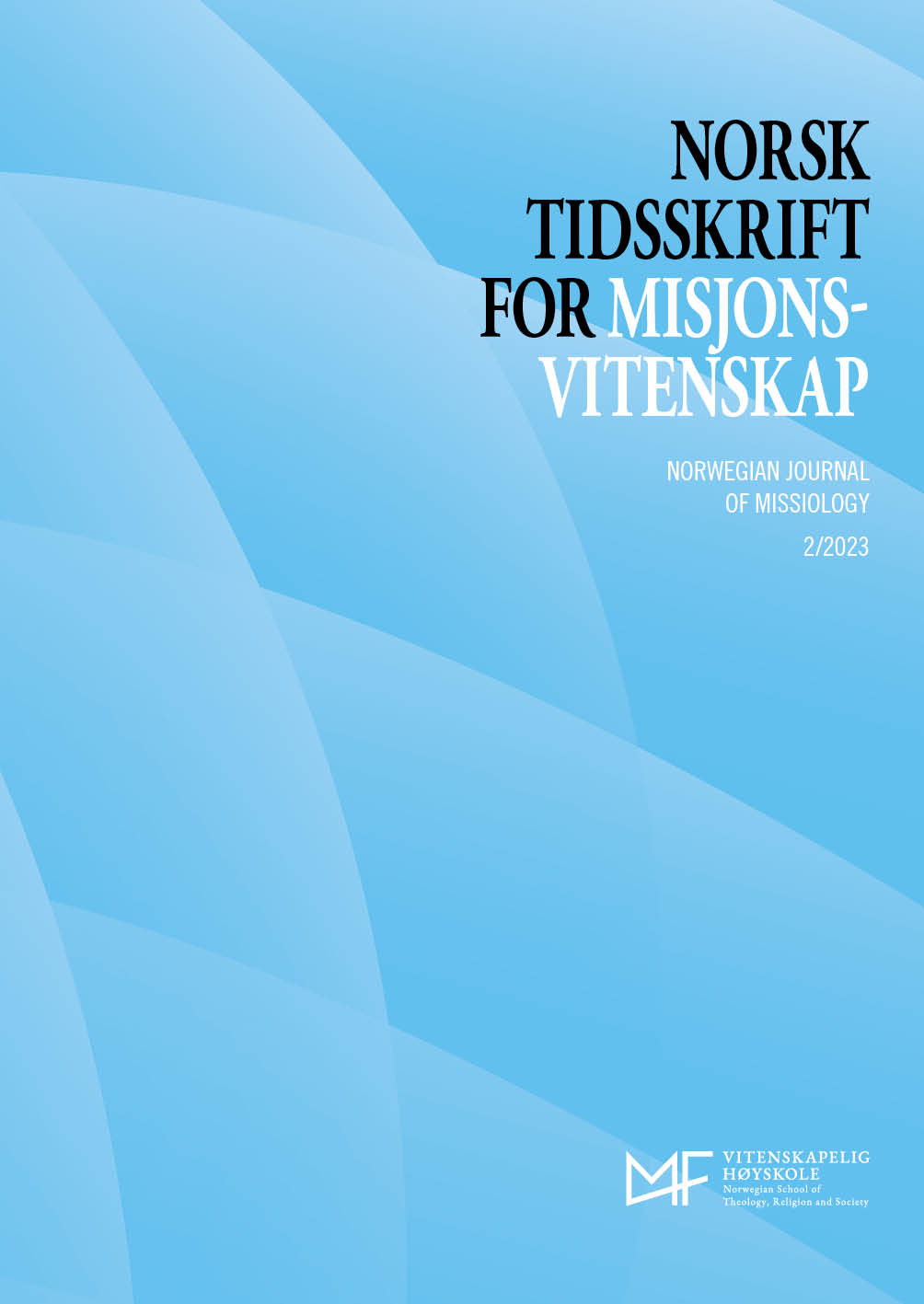The Mission Play of Santa Clara
A Historically Contextualised Study in Historical Representation
DOI:
https://doi.org/10.48626/ntm.v77i2.5556Abstract
The chain of more than twenty Franciscan missions established in Alta California, then part of Mexico, between the 1760s and 1820s became the target of many critical historians and other writers at least as early as the 1850s, i.e. a few years after California was annexed by the USA in 1846. Their accounts of meaningless pseudoconversions and conditions of virtual slavery at the stations became standard features in much of the historical writing by e.g. Theodore H. Hittell and Hubert Howe Bancroft well before 1900. In response to such criticism, and at the behest of a retired president of Santa Clara College, Martin Merle crafted a drama in which life at the Misión Santa Clara de Asís was portrayed in primarily idyllic terms in the 1840s. The present article is an exploration of that positive presentation of Santa Clara. Merle’s play is juxtaposed with earlier writing about the Franciscan missionary endeavours. It is argued inter alia that his portrayal of the head of the mission, Padre José María del Real, as a heroic, morally upright figure diametrically contradicts earlier criticism of him as a womanising despot. Furthermore, Merle accepted the closure of this mission after the annexation but interpreted appreciatively its legacy as incorporated in the Catholic educational, cultural, and spiritual fruits which were in full accord with its historical purpose.
Nedladdningar
Statistik
##submission.downloads##
Publicerad
Nummer
Sektion
Licens
Copyright (c) 2023 Norwegian Journal of Missiology

Detta verk är licensierat under en Creative Commons Erkännande-Ickekommersiell-IngaBearbetningar 4.0 Internationell-licens.
Norsk Tidsskrift for Misjonsvitenskap er i dag et digitalt tidsskrift som er tilgjengelig gratis for alle. Artikler gjøres offentlig tilgjengelige med en såkaldt Creative Commons lisens CC BY-ND på tidsskriftets hjemmeside. Dette innebærer at alle står fritt til å gjenbruke artikkelen under forutsetning av at opphavspersonen blir navngitt.





